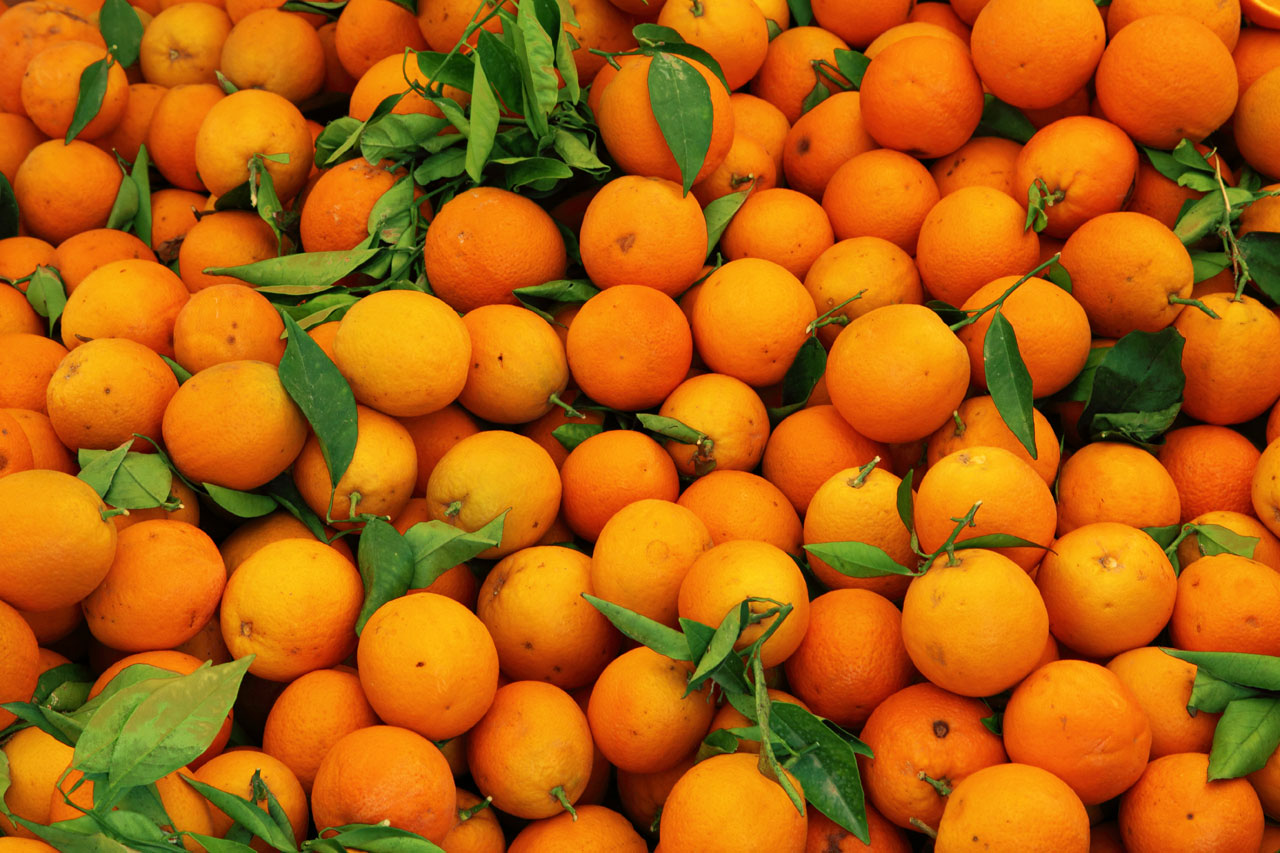Nothing rhymes with CARPET. http://t.co/oLcpVgYaIF— Haggard Hawks Words (@HaggardHawks) 18 July 2015
It ended up sparking quite a debate about whether carpet actually did have a rhyme, with everything from trumpet to market thrown into the mix. But, no. Seriously. Nothing rhymes with carpet. And nor does nothing, for that matter. In fact nothing rhymes with nothing either (depending on your accent, of course), but at the risk of tumbling into existential vortex, let’s just move on.
Rhymes—and in particular words that purport not have any rhymes but actually do—are the focus of this week’s YouTube video, the 30th in the 500 Words series we’re running every week this year:
But following on both from this week’s episode, and from the misnomers episode from a couple of weeks back, one question we want to answer: what came first, orange or oranges? (Shameless plug: there’s more on this in the HH factbook, Word Drops—which is now available Stateside too…)
Chicken-and-egg language questions like this crop up on HH every so often (case in point below), but what about orange vs. oranges?
HOBBIES are named after HOBBY-HORSES, not the other way around.— Haggard Hawks Words (@HaggardHawks) 6 June 2014
Well, the fact is that there was no word for the colour orange in the English language until oranges first began to be imported into England with any regularity in the early Middle Ages. Before then, anything orange coloured simply had to be described in terms of red and yellow, as in this description of a fox from Chaucer’s Nun’s Priest’s Tale:
The earliest record of the word orange—which derives at length from the Sanskrit word for the orange tree, naranga—comes from the Sinonoma Bartholomei, a fourteenth century Latin herbal, which listed all the plants known to have medical applications. And there, on page 15, “orenge” was listed as the English equivalent of the Latin “Citrangulum pomum”, or “citrus fruit”.
His colour was bitwixe yelow and reed,
And tipped was his tayl and both his eeris
[His colour was between yellow and red,
and tipped was his tail and both ears.]
The colour orange didn’t appear until around a century and a half later. In 1557, orange cloth was listed in a legal document, collected in the so-called Statutes at Large in the late sixteenth century, that prohibited the selling of all fabrics except those of a certain set of colours:
And moreover, be it enacted by the authority aforesaid that no person nor persons … shall sell or put to sale within the realm of England any coloured cloth of any other colour or colours than are hereafter mentioned, that is to say, scarlet, red, crimson, morrey, violet, pewke, brown, blue, black, green, yellow, blue, orange, tawny, russet, marble grey, sad new colour, azure watchet, sheeps colour, lion colour, motly, iron grey, friers grey, crane colour, purple, and old medley colour, most commonly used to be made above and before twenty years past.
Thank goodness “sheeps colour” made the final cut, frankly. And same goes for the “sad new colour”, otherwise I’d have nothing left to wear. But Chaucer’s foxes and sartorial rules and regulations aside, it’s clear that in this particular chicken-and-egg situation, it was the chicken that came first: the bright orange fruits gave the colour orange its name, not vice versa.
All in all, it’s a colourful little story.
All in all, it’s a colourful little story.


The word sporange also rhymes with orange. It's a botantical term for a spore case.
ReplyDeletevery interesting
ReplyDelete